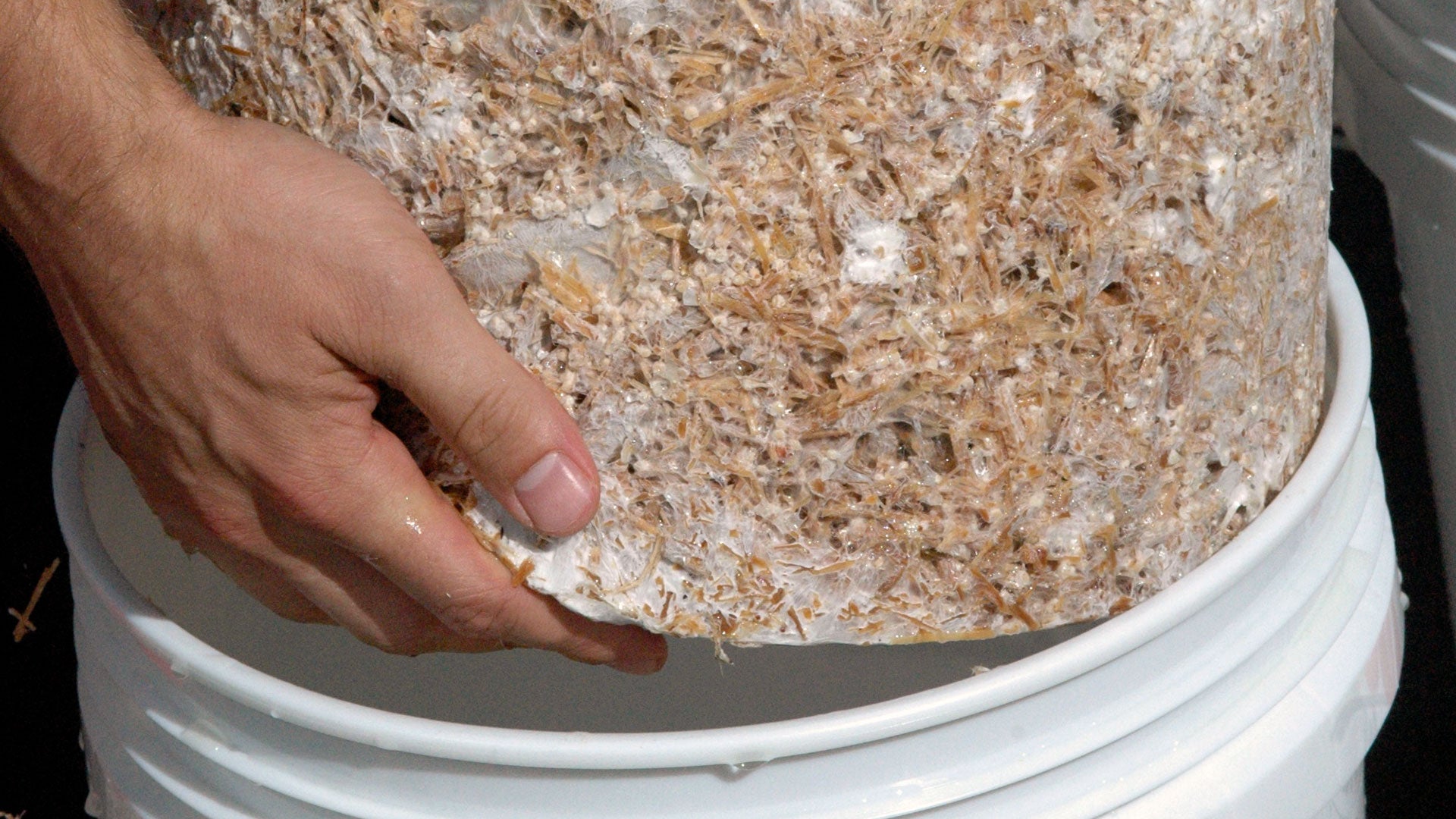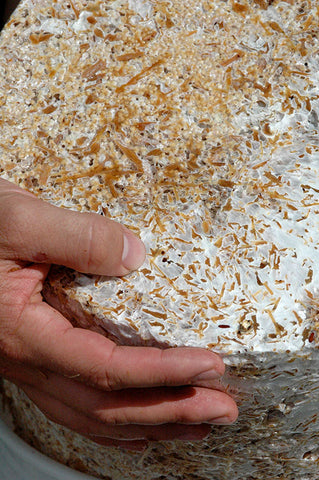
Mycofiltration Research Update
The research team at Fungi Perfecti recently completed work on an Environmental Protection Agency (EPA) Phase I Small Business Innovative Research project to develop the principle of mycofiltration—the use of fungal mycelium as a biologically active water filter. Over the course of this 7-month project, a comprehensive series of bench-scale tests provided “proof-of-concept” data supporting the use of mycofiltration technology for surface water remediation. The first stage of the project identified biologically resilient fungal species and low-cost cultivation methods capable of producing a commercially viable MycoFilter™ that is able to withstand the stresses of harsh field conditions. In the second stage of the project, Dr. Marc Beutel of Washington State University quantified the ability of the mycofiltration media to remove E. coli from synthetic storm-water under a variety of conditions.

In the first stage of the research, thirty batches of mycofiltration media were produced and analyzed for growth rate and tolerance to environmental stress. Six fungal species expected to demonstrate antibacterial activity and resilient growth characteristics were grown on five different substrate combinations. Batches of mycofiltration media were then subjected to cycles of saturation, dehydration, heating, and freezing that were designed to assess tolerances to field-applicable conditions. This test regimen included periods of heat stress (40 °C) and freezing (-20 °C) in addition to dehydration and anaerobic saturation. Over the course of the testing, one species clearly stood out as extremely resilient and consistently demonstrated adequate permeability for field applications.
Following the resiliency testing phase of the project, the mycofiltration media of the best performing species and corresponding controls were sent to WSU for E. coli removal testing. In these tests, sediment-free clean water was spiked with a known concentration of E. coliand trickle-fed through the filter media. These trials demonstrated that there was a statistically significant difference in the E. coli removal between the mycofiltration media compared with the un-inoculated controls (p<0.05). Notably, there was not a significant difference between the “vigor tested” and the “non-vigor tested” MycoFilters. In other words, exposing the mycelium to harsh environmental conditions did not significantly impact the bacterial removal capacity of the fungal mycelium. These results are important because many storm-water treatment technologies mainly target sediment-bound bacteria, whereas mycofiltration appears unique as a simple technology for enhancing suspended bacteria removal. Additional tests have suggested that total bacteria removal by mycofiltration may be as high as 100% when the water contains a field-applicable amount of sediment. Additional tests to understand the interactions of bacteria and sediment in mycofiltration systems are ongoing. Full-scale field testing of mycofiltration for control of bacteria, sediment, and other water pollutants including metals, hydrocarbons, and nutrients is planned for next year, pending Phase II EPA funding.
